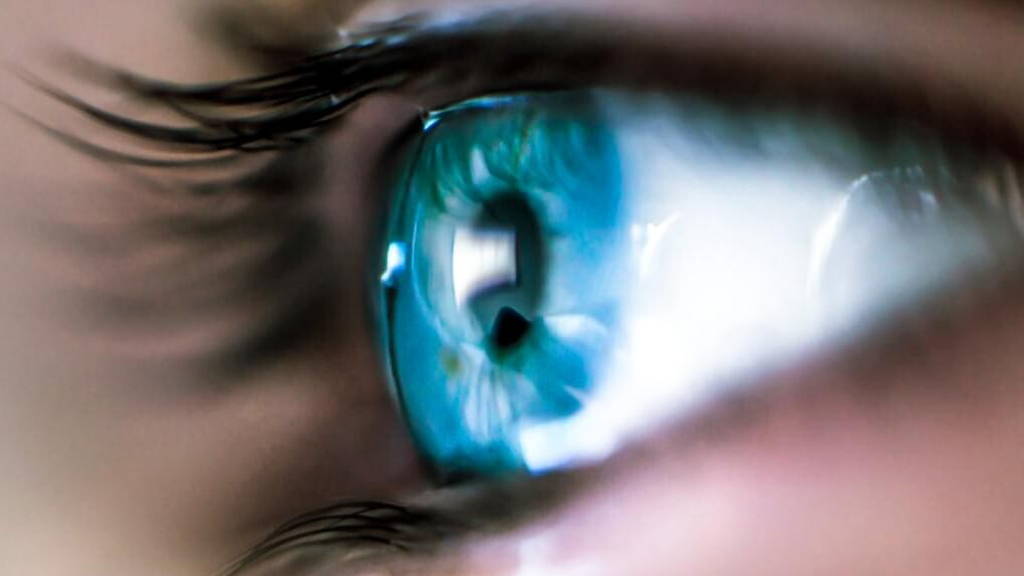That concludes a new study in JAMA Internal Medicine. The study analyzed the effect of a teleretinal diabetic retinopathy screening program on both screening wait times and screening rates in the Los Angeles County Department of Health Services.
Scientists involved wanted to find out what the effect is of a primary care–based teleretinal diabetic retinopathy (DR) screening program on rates of screening for DR and wait times for screening in a large safety net health care system. The objective of the research was to determine whether a primary care–based teleretinal DR screening (TDRS) program reduces wait times for screening and improves timeliness of needed care in the Los Angeles County safety net.
Although early detection and treatment can prevent blindness from DR, many persons with diabetes fail to receive appropriate screening examinations and/or sight-saving treatments. On average, only 60% of patients with diabetes in the United States receive recommended annual eye examinations; in safety net populations, these rates have been shown to be less than 25%.
The pictures were then uploaded to a database and analyzed by a team of LAC DHS-employed optometrists, who also gave recommendations for follow-up. The survey results are based on information from five of the clinics. Approximately 21,222 patients went through the screening process.
The digital TDRS program was successfully implemented for the largest publicly operated county safety net population in the United States, resulting in the elimination of the need for more than 14?000 visits to specialty care professionals, a 16.3% increase in annual rates of screening for DR, and an 89.2% reduction in wait times for screening. Teleretinal DR screening programs have the potential to maximize access and efficiency in the safety net, where the need for such programs is most critical.
Scientists involved wanted to find out what the effect is of a primary care–based teleretinal diabetic retinopathy (DR) screening program on rates of screening for DR and wait times for screening in a large safety net health care system. The objective of the research was to determine whether a primary care–based teleretinal DR screening (TDRS) program reduces wait times for screening and improves timeliness of needed care in the Los Angeles County safety net.
Diabetic blindness
Diabetic retinopathy (DR) affects more than 5.3 million Americans and is the leading cause of blindness among adults of working age. Among Latinos in Los Angeles, California—the ethnic majority in the Los Angeles County safety net—the prevalence of DR among those with diabetes is approximately 50%.Although early detection and treatment can prevent blindness from DR, many persons with diabetes fail to receive appropriate screening examinations and/or sight-saving treatments. On average, only 60% of patients with diabetes in the United States receive recommended annual eye examinations; in safety net populations, these rates have been shown to be less than 25%.
Teleretinal DR screening program
As part of the study, researchers implemented a teleretinal DR screening program in 15 LAC DHS safety net clinics. They trained medical professionals as fundus photographers to use cameras in primary care settings and take pictures of patients’ eyes.The pictures were then uploaded to a database and analyzed by a team of LAC DHS-employed optometrists, who also gave recommendations for follow-up. The survey results are based on information from five of the clinics. Approximately 21,222 patients went through the screening process.
The digital TDRS program was successfully implemented for the largest publicly operated county safety net population in the United States, resulting in the elimination of the need for more than 14?000 visits to specialty care professionals, a 16.3% increase in annual rates of screening for DR, and an 89.2% reduction in wait times for screening. Teleretinal DR screening programs have the potential to maximize access and efficiency in the safety net, where the need for such programs is most critical.








